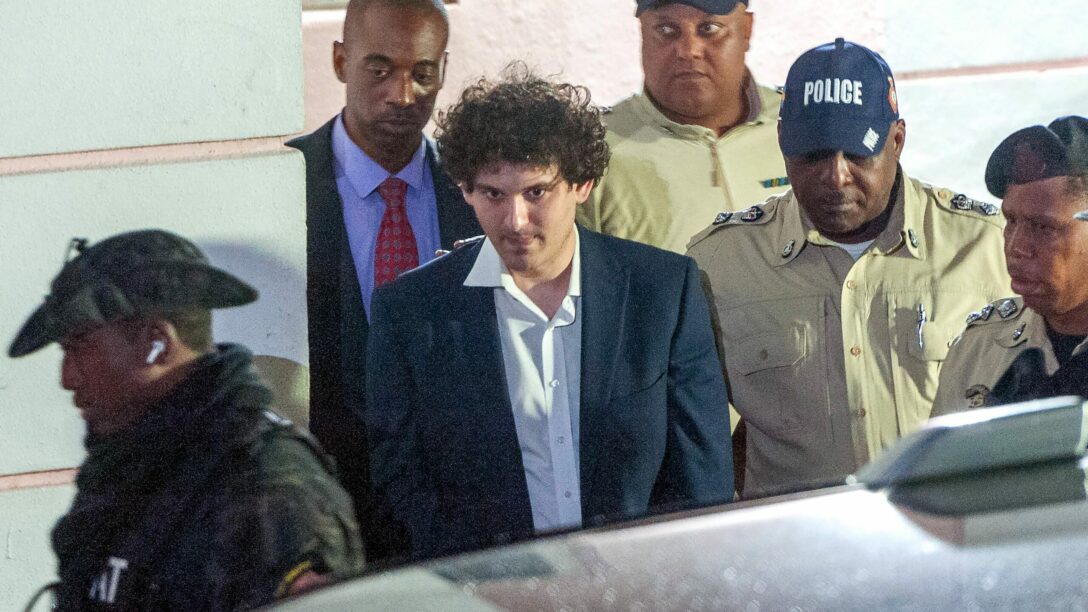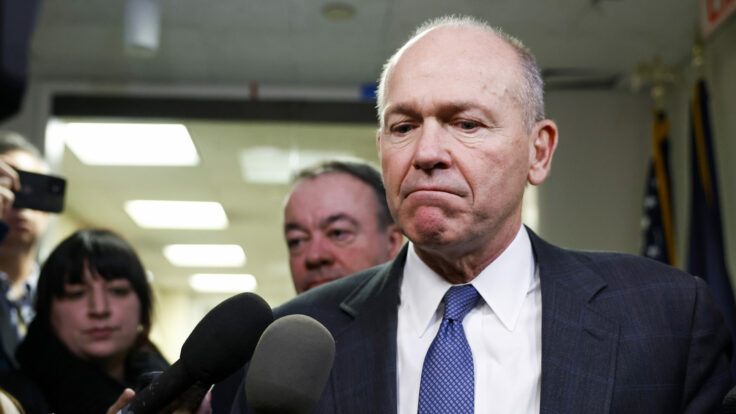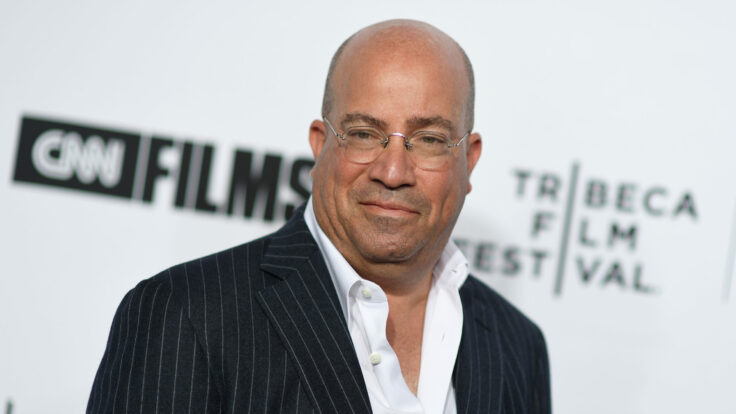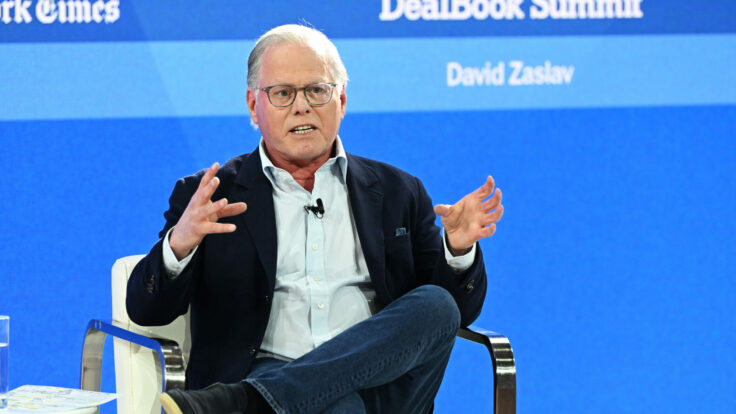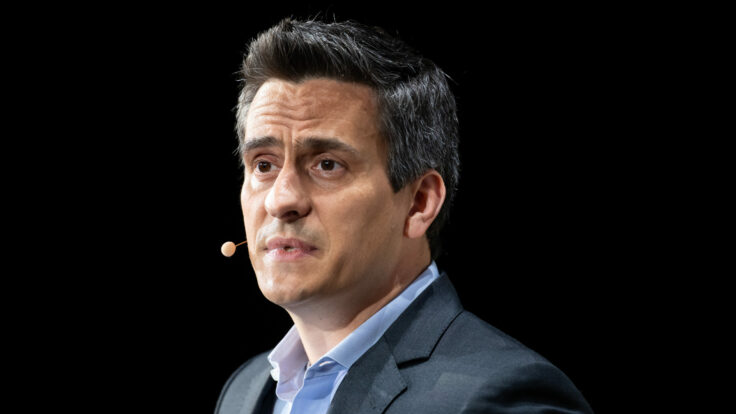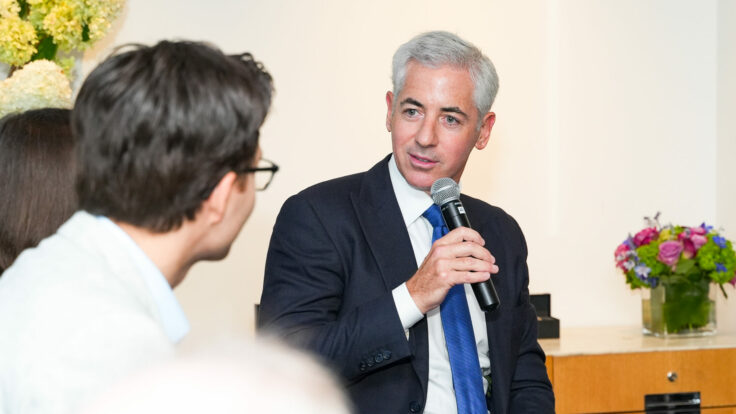The recently concluded S.B.F. apology tour was so spectacularly ill-advised, both from a legal and public relations perspective, that I’ve been at a loss to comprehend it, let alone explain it. Until yesterday. That’s when I read the 14-page indictment, courtesy of the Southern District of New York, which accused S.B.F. of eight crimes, ranging from several different varieties of wire fraud to several different varieties of conspiracy. On the last page of the indictment came the answer for which I’ve been searching: It was nothing more complicated than a hand-written date, December 9, 2022, four days earlier, and the words “Filed Sealed Indictment—Arrest Warrant issued.”
In other words, the federal grand jury had handed up, and then sealed, the S.B.F. indictment on Friday. S.B.F. was arrested in the Bahamas on Monday, pursuant to the indictment, and held without bail, as part of the process that will lead to his extradition to the United States so that he can be present for his criminal trial. The indictment was unsealed on Tuesday.
